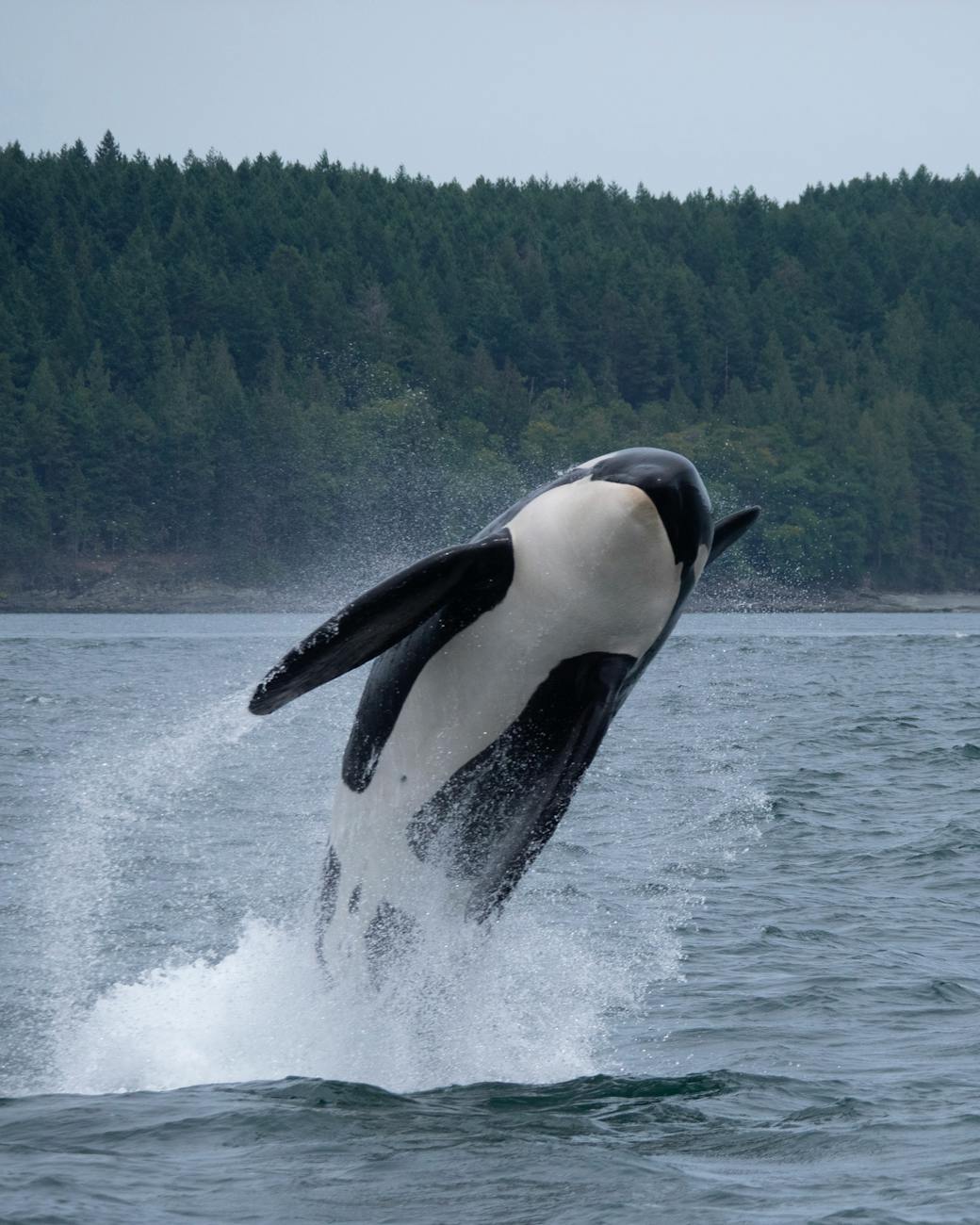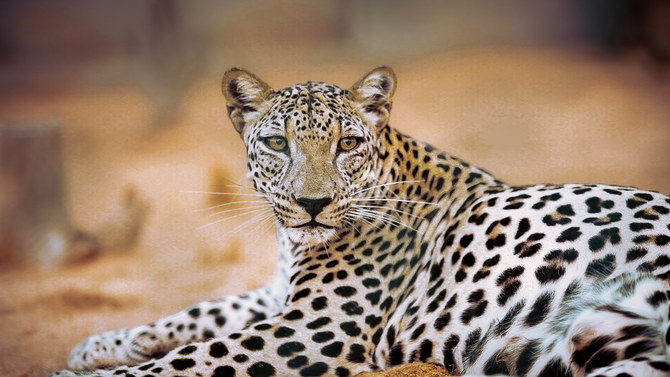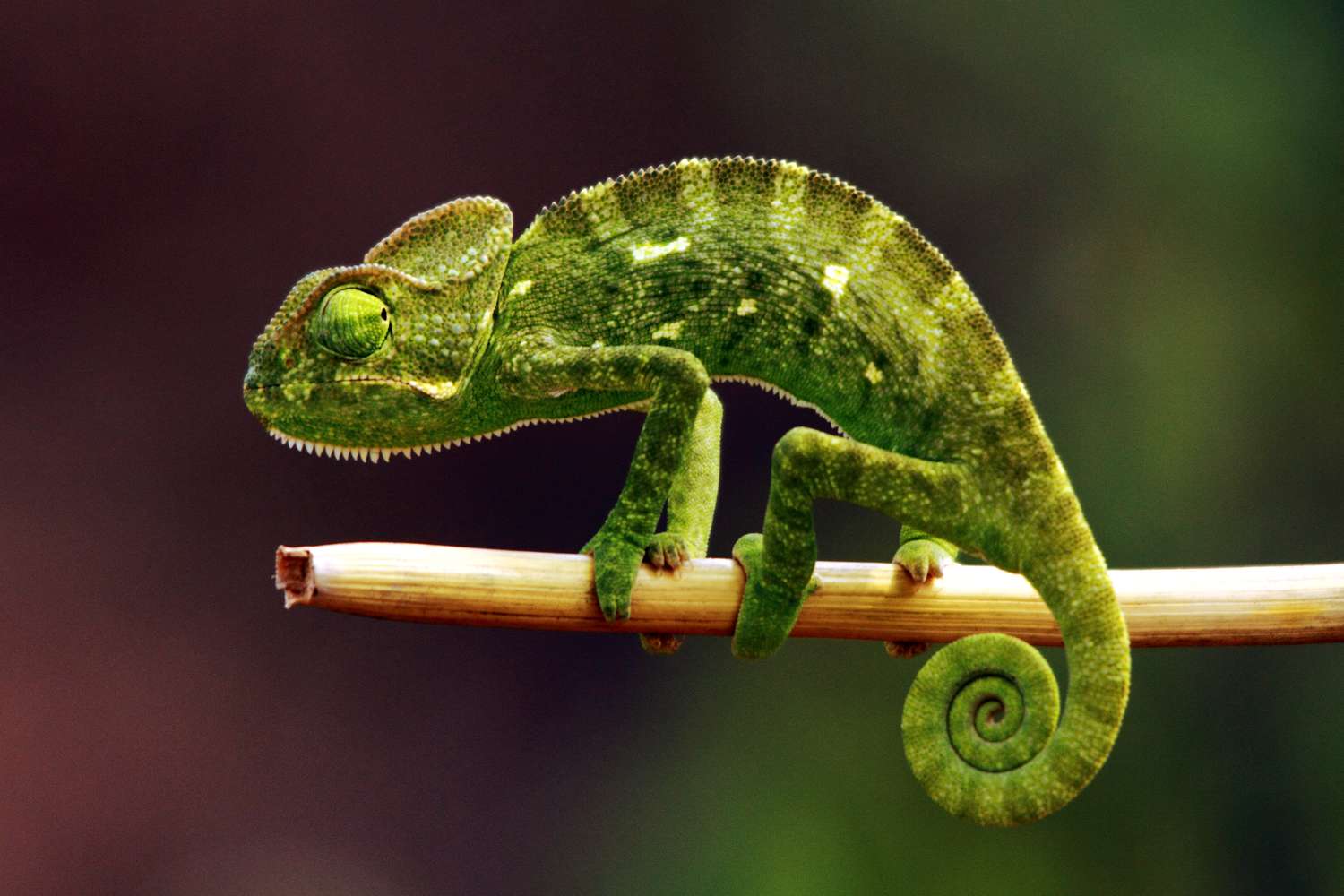
Swamps, rivers, and even some saltwater environments are home to some of the most fearsome predators on Earth: alligators, crocodiles, and caimans. These giant reptiles share a prehistoric ancestry and can look quite similar at first glance. But upon closer inspection, some key features distinguish these formidable creatures.
Snout Showdown
One of the easiest ways to tell them apart is by looking at their snouts:
- Alligator: Alligators have a broad, U-shaped snout. Imagine a wide smile – that’s the general shape. When their mouths are closed, their upper teeth usually fit into grooves on the lower jaw, hiding most of their teeth.
- Crocodile: Crocodiles, on the other hand, have a more pointed, V-shaped snout. Their upper teeth are visible even when their mouths are closed, giving them a bit of a permanent grin.
- Caiman: Caimans share some similarities with both. Their snouts can be U-shaped like an alligator’s, but narrower. However, some caiman species have snouts that are more pointed, like some crocodiles. Checking the teeth is a good secondary clue – similar to alligators, most of a caiman’s teeth are hidden when their mouths are closed.

Size Matters (Mostly)
Alligators and crocodiles tend to be larger than caimans, but there’s some overlap:
- Alligator: The American alligator (Alligator mississippiensis) is the largest alligator species, reaching up to 13 feet (4 meters) in length.
- Crocodile: The saltwater crocodile (Crocodylus porosus) is the undisputed heavyweight champion of these three, growing up to 23 feet (7 meters) in length! Other crocodile species vary in size.
- Caiman: Caimans are generally smaller. The black caiman (Melanosuchus niger) is the largest caiman species, reaching up to 17 feet (5.2 meters) in length, but most caiman species are much smaller, typically around 6-8 feet (1.8-2.4 meters) long.
Habitat Hues
Their preferred environments can also offer clues:
- Alligator: Alligators are primarily found in freshwater habitats like swamps, lakes, and rivers in the southeastern United States.
- Crocodile: Crocodiles have a wider range, inhabiting freshwater, saltwater, and even brackish environments in Africa, Asia, Australia, and the Americas (including Florida in the United States). The saltwater crocodile, as the name suggests, is particularly comfortable in saltwater.
- Caiman: Caimans are exclusive to Central and South America, dwelling in freshwater habitats like swamps, rivers, and rainforests.
Evolutionary Arms Race
These reptilian rulers have each developed unique adaptations:
- Alligator: Alligators have a special “palatal valve” in their throat that allows them to breathe while submerged underwater for long periods.
- Crocodile: Crocodiles have specialized salt glands on their tongues that help them excrete excess salt when they venture into saltwater environments.
- Caiman: Caiman adaptations vary depending on the species, but some have bony plates in their skin for extra protection.

Conservation Concerns
While these creatures may seem invincible, all three groups face threats from habitat loss, pollution, and human-wildlife conflict. Conservation efforts are crucial to ensure their survival in our ever-changing world.
So, the next time you encounter these fascinating reptiles, remember the key differences: snout shape, size, habitat, and unique adaptations. With a keen eye, you’ll be able to distinguish an alligator basking in the sun from a crocodile lurking in the saltwater or a caiman guarding its territory in the rainforest.






